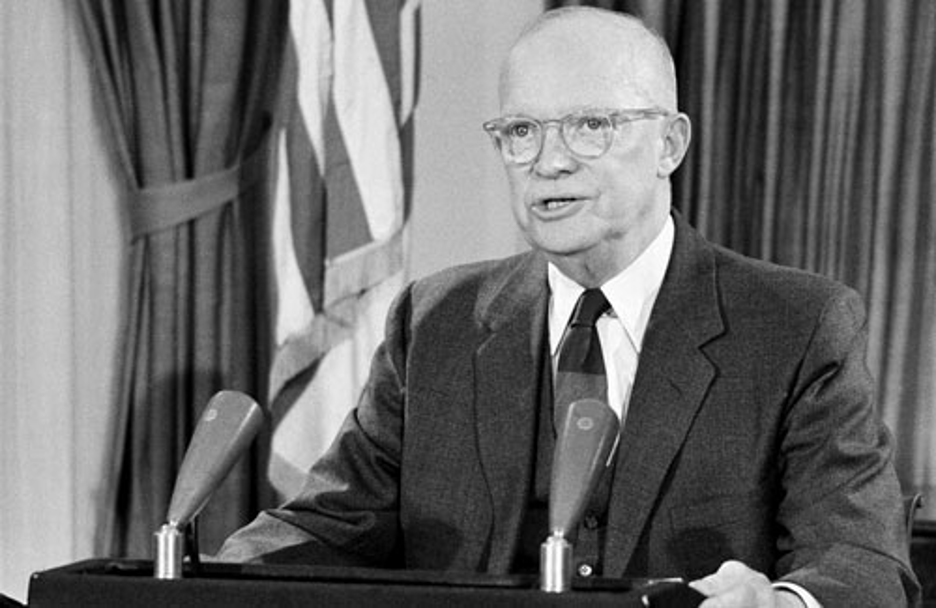In the 1950’s!
In the 1950’s, Eno continued to publish Traffic Quarterly and saw the readership expand across the globe. Under President Eisenhower, the Federal Highway Act of 1956 saw the creation of the Interstate System and the first bailout of the Highway Trust Fund—a $359 million “repayable advance” appropriation from the general fund of the Treasury.
Traffic Quarterly Expands
Traffic Quarterly started with a modest mailing list, but when word of its content got around, circulation growth proliferated to include a worldwide mailing list. About 5,000 copies of each issue were circulated without charge to people professionally concerned with safety, efficiency, discipline and superior performance in all phases of transportation. In the earliest days of the Quarterly, special attention was given to the burgeoning postwar parking problems. The significance of the Eno Foundation’s pioneering achievements in this field is evident in current handbooks on architectural design and traffic engineering. Their tables and diagrams on parking commonly note Eno publication sources. Topics concerned such matters as the design of parking garages and the legal, financial and administrative aspects of parking.
Did you know?
“On June 29, 1956, President Dwight Eisenhower signed the Federal-Aid Highway Act of 1956. The bill created a 41,000-mile “National System of Interstate and Defense Highways” that would, according to Eisenhower, eliminate unsafe roads, inefficient routes, traffic jams and all of the other things that got in the way of ‘speedy, safe transcontinental travel.'”
Source: History.com
Fun Fact from the Decade
Then
Eisenhower Requests First Highway Trust Fund Bailout
On September 9, 1959, the White House announced that President Eisenhower was requesting a bailout of the Highway Trust Fund—a $359 million “repayable advance” appropriation from the general fund of the Treasury. Without it, the Trust Fund would run out of money and be unable to pay its bills in October 1959.
To celebrate this inauspicious anniversary, ETW published a series of three in-depth articles, based on original documents from the Eisenhower Presidential Library and the records of the Commerce and Treasury Departments, the Bureau of the Budget, and the House Ways and Means Committee at the National Archives. The articles explore how the Trust Fund was spent into near-insolvency and how Congress and the Eisenhower Administration fixed it.
Now
Today's Federal-Aid Highway Funding
Eno released a paper in October 2019 on how the current formula that distributes over $40 billion per year of federal-aid highway funding to states is badly outdated. Refreshing the Status Quo: Federal Highway Programs and Funding Distribution explained the century-old origins of the current formula and how it slowly mutated starting in the 1980s into a more political algorithm to keep states at their accustomed funding levels after construction of the Interstate Highway System ended. Taking lessons from other federal and local grant programs, both in and out of the transportation field, this paper evaluates eight scenarios for alternative federal highway funding distribution. Two were based on the formulas in the original 1916 highway act and the 2005 SAFETEA-LU law, while four more how states would fare under various needs-based and incentive-based apportionments. The final two scenarios examined restructuring of the federal program structure and matching metrics to goals.
President Eisenhower and Transportation

In 2020, Jeff Davis published a series on transportation policy under President Eisenhower. His research included original source documents, many of which are from the Eisenhower Library or other National Archives facilities and have never before been available online.



